New Visual Perspectives on Fibonacci Numbers
$23.60
| Author(s) | , , , |
|---|---|
| Format |
|
| Pages |
331 |
| Publication Year |
2002 |
New Visual Perspectives on Fibonacci Numbers covers new ground on Fibonacci sequences and the well-known Fibonacci numbers. It will appeal to research mathematicians wishing to advance the new ideas themselves, and to recreational mathematicians, who will enjoy the various visual approaches and the problems inherent in them.
Introduction:
There are many books now which deal with Fibonacci numbers, either explicitly or by way of examples. So why one more? What does this book do that the others do not? Firstly, the book covers new ground from the very beginning. It is not isomorphic to any existing book. This new ground, we believe, will appeal to the research mathematician who wishes to advance the ideas still further, and to the recreational mathematician who wants to enjoy the puzzles inherent in the visual approach.
And that is the second feature which differentiates this book from others. There is a continuing emphasis on diagrams, both geometric and combinatorial, which act as a thread to tie disparate topics together – together, that is, with the unifying theme of the Fibonacci recurrence relation and various generalizations of it.
Experienced teachers know that there is great pedagogic value in getting students to draw diagrams whenever possible. These, together with the elegant identities which have always characterized Fibonacci number results, provide attractive visual perspectives. While diagrams and equations are static, the process of working through the book is a dynamic one for the reader, so that the reader begins to read in the same way as the discoverer begins to discover.
The structure of this book follows from the efforts of the four authors (both individually and collaboratively) to approach the theme from different starting points and with different styles, and so the four parts of the book can be read in any order. Furthermore, some readers will wish to focus on one or two parts only, whilst others will digest the whole book.
Like other books which deal with Fibonacci numbers, very little prior mathematical knowledge is assumed other than the rudiments of algebra and geometry, so that the book can be used as a source of enrichment material to stimulate that shrewd guessing which characterizes mathematical thinking in number theory, and which makes many parts of number theory both accessible and attractive to devotees, whether they be in high school or graduate college.
All of the mathematical results given in this book have been discovered or invented by the four authors. Some have already been published by the authors in research papers; but here they have been developed and inter-related in a new and expository manner for a wider audience. All earlier publications are cited and referenced in the Bibliographies, to direct research mathematicians to original sources.
Contents:
PART A. NUMBER THEORETIC PERSPECTIVES:
Coupled Recurrence Relations:
- The 2–Fibonacci Sequences
- Extensions of the Concepts of 2–Fibonacci Sequences
- Other Ideas for Modification of the Fibonacci Sequences
Number Trees:
- Introduction — Turner’s Number Trees
- Generalizations Using Tableaux
- On Gray Codes and Coupled Recurrence Trees
- Studies of Node Sums on Number Trees
- Connections with Pascal–T Triangles
PART B. GEOMETRIC PERSPECTIVES:
Fibonacci Vector Geometry:
- Introduction and Elementary Results
- Vector Sequences from Linear Recurrences
- The Fibonacci Honeycomb Plane
- Fibonacci and Lucas Vector Polygons
- Trigonometry in the Honeycomb Plane
- Vector Sequences Generated in Planes
- Fibonacci Tracks, Groups, and Plus–Minus Sequences
Goldpoint Geometry:
- On Goldpoints and Golden-Mean Constructions
- The Goldpoint Rings of a Line-Segment
- Some Fractals in Goldpoint Geometry
- Triangles and Squares Marked with Goldpoints
- Plane Tessellations with Goldpoint Triangles
- Tessellations with Goldpoint Squares
- Games with Goldpoint Tiles
New Visual Perspectives on Fibonacci Numbers By Krassimir Atanassov, Vassia Atanassova, Anthony Shannon, John Turner pdf
3 reviews for New Visual Perspectives on Fibonacci Numbers
Clear filtersOnly logged in customers who have purchased this product may leave a review.

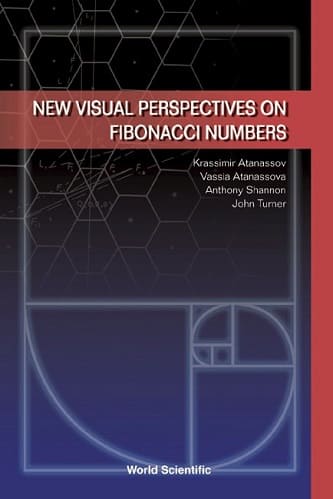
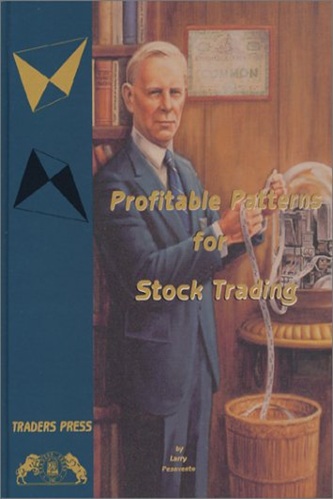
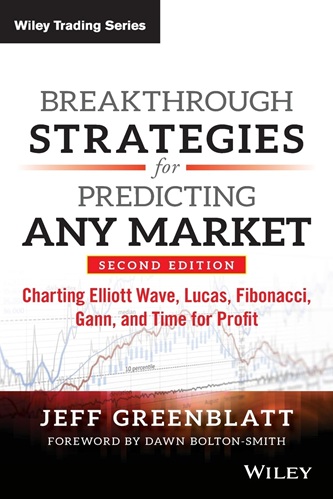
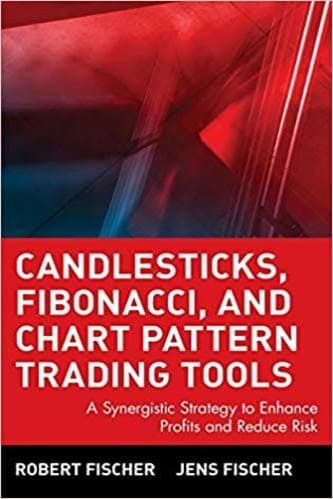
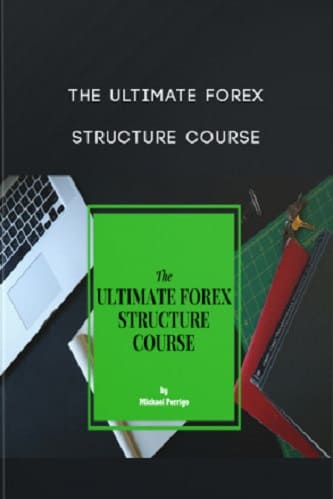
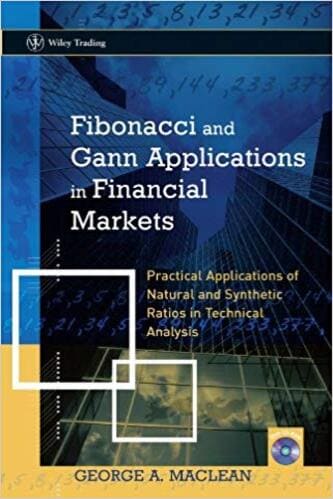
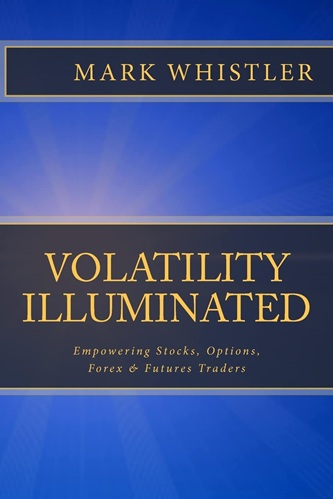
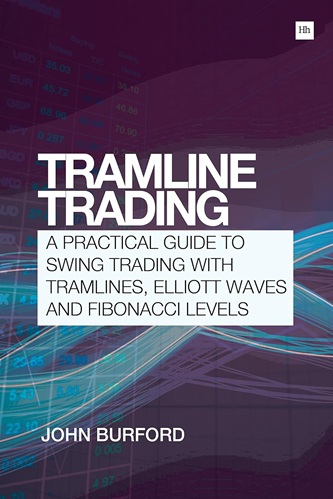
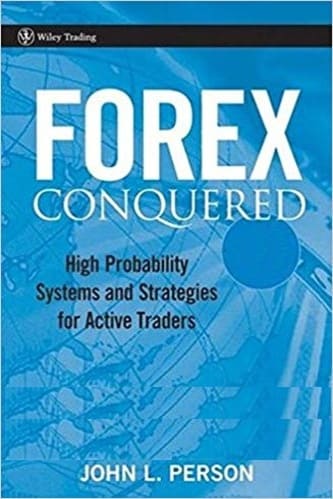
Journey Olson (verified owner) –
This book reflects new developments especially the role of Fibonacci numbers in Matiyasevich’s negative solution of hilbert’s tenth problem.
Mariana Randolph (verified owner) –
I recommend this book to anyone interested in iteratice processes on integers
Leland Hanson (verified owner) –
Gains a good deal of interest if you have some knowledge of these traditional results and techniques.